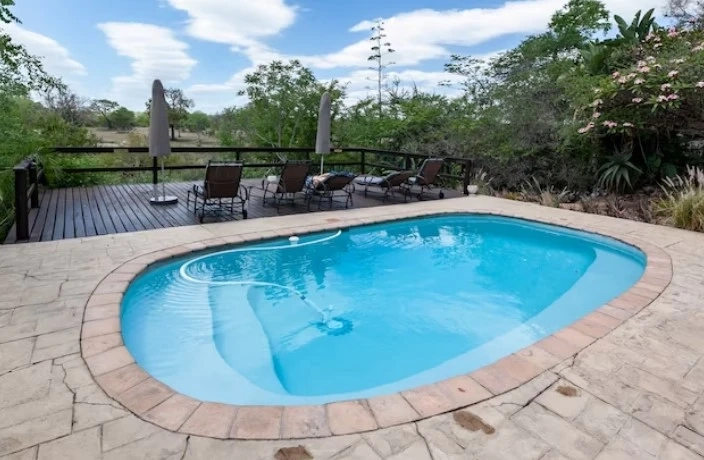An in-ground swimming pool is one of the most exciting additions to a house. Any backyard can be turned into a beautiful, relaxing oasis with the addition of a pool that guests of all ages can enjoy. Even though in-ground pools are costly to install and maintain, their appeal will be around for a while. Approximately 5 million existing in-ground pools exist in the United States, and about 200,000 new pools are developed year, as reported by the Pool and Hot Tub Alliance.
Forms of Swimming PoolsIn-ground pools may be split into three categories. Concrete, vinyl-lined, and fibreglass are most often used, from least to most. Steel or aluminium-walled pools may be seen in a few nationwide locations. Moulding a concrete pool into almost any size, shape, or depth is possible. Because concrete is shot onto steel-reinforced walls, these pools are frequently called Gunite or Shotcrete pools. After the concrete has set, the pool is finished by plastering, painting, and either tiling or covering with a textured surface.
The installation time for a concrete pool is the longest of any material, often ranging from three to twelve weeks. Many concrete pools built fifty or more years ago are still used today. Unlike other in-ground alternatives, existing concrete pools are amenable to expansion, renovation, and modernization.
Analyzing Prices
Due to factors such as location, soil quality, water filtration system, pool size, and design, it is hard to provide an accurate estimate for the cost of a pool. Many contractors provide price reductions for pools constructed in the off-season when business is slow, which can significantly impact the final cost.
Concrete pools are the priciest option, followed by vinyl-lined pools and, finally, fiberglass pools. A fiberglass pool with all the bells and whistles may be more expensive than a standard concrete pool.
Restrictions Based on Zoning Areas
Construction company of an in-ground pool requires a construction permit and the consent of the relevant zoning authorities.
Setback requirements from the pool to property lines, septic tanks, wells, sewer lines, and wetlands vary by municipality but are typically at least a few feet. The hardware used in gates and pool barriers must also adhere to specific regulations.
Choosing the Best Location
The location of your pool is just as crucial as the pool itself. Although advice from a professional pool builder may be helpful, it's also essential to think about the following factors when deciding where to put the pool:
Get a load of the Sun: Choose a spot for the pool that gets enough sunlight and is far from any obstructions to maximize your use of the sun's free energy. Warming the water and reducing the amount of leaves that fall into the pool are benefits of such a placement.
Stop the Winds: Water evaporation from a pool built in a windy area is much higher. Therefore, regular water replenishment will be required. Wet people exposed to strong gusts may also experience an unpleasant chill. Put up a solid-board fence or line of heavy plants to block the wind.
Up in the Air: Avoid putting the pool in a low spot since this might cause it to fill up with dirt and other debris during storms.
The pool area must be free of underground or above obstructions, such as utility lines, septic tanks, or electrical cables.
Transport Mechanisms
The filtration and disinfection processes in a pool's circulation system work together to maintain the water's purity and clarity. The filtration pump sucks up the pool's water, skimmed off at the surface by the automated skimmer, and filtered before being pumped back into the pool. Filters may be sand, cartridge, or diatomaceous earth (DE) based, with the latter being the most prevalent.
An expert contractor can help you choose the ideal filtration system for your pool, although all three options are effective when used correctly.
Traditional sand filters have been used for decades and are still widely used today. To collect dust and other particles, they utilize filter sand. The sand traps smaller and smaller particles as it "loads up" or becomes clogged. Backwashing is used to clean sand filters, which entails turning the water supply around to flush the dirty water out of the system.


